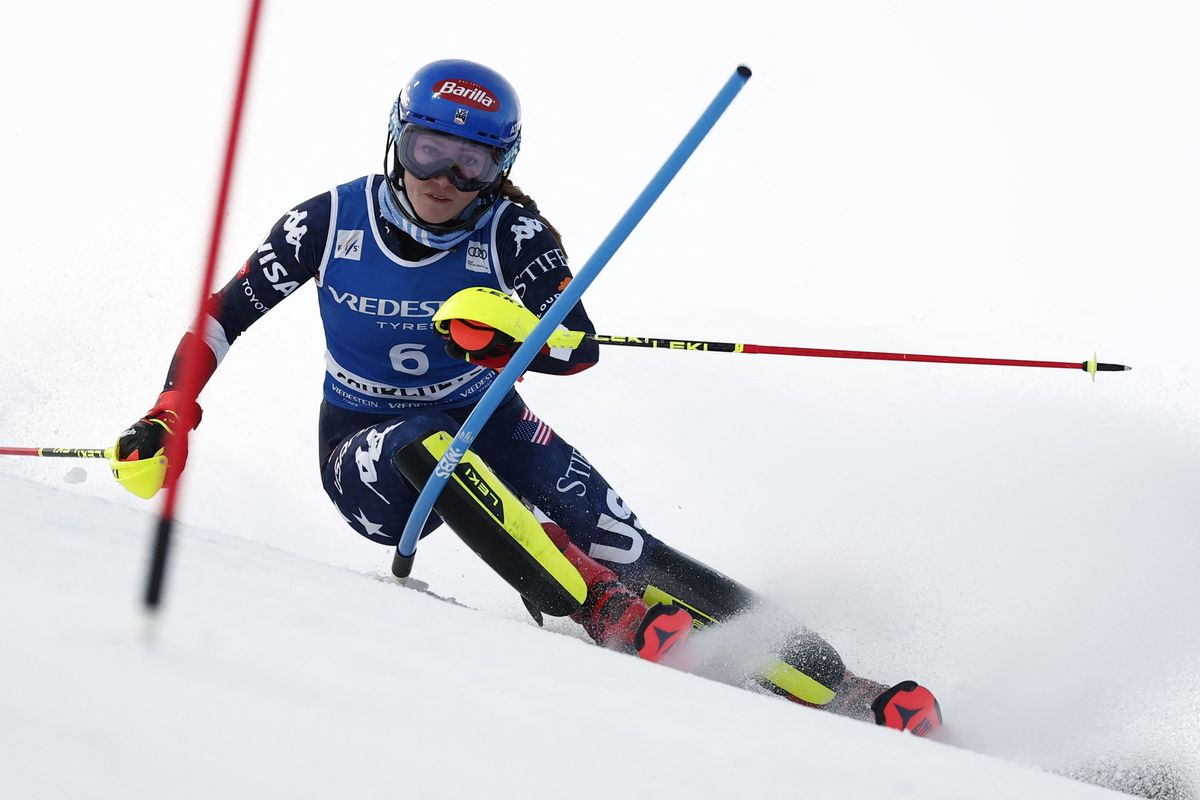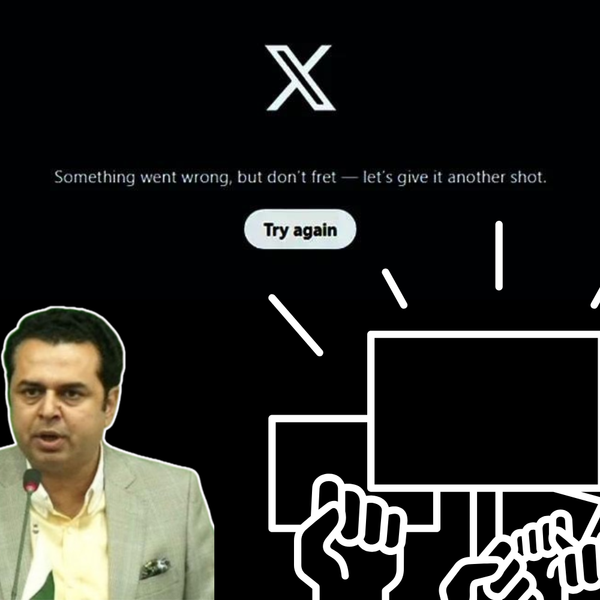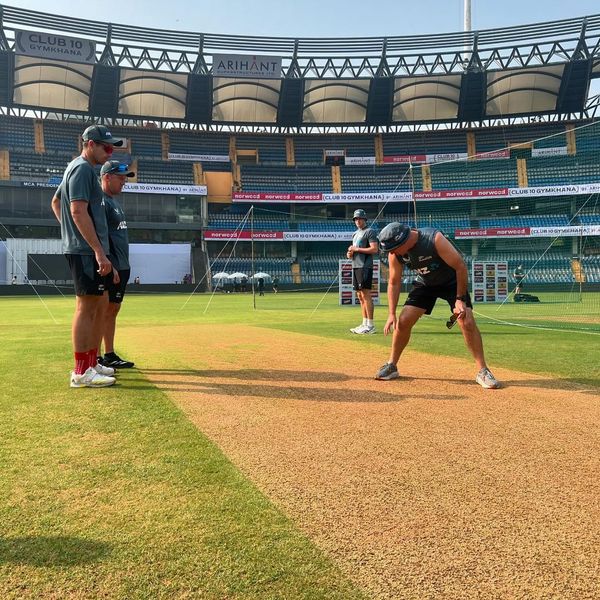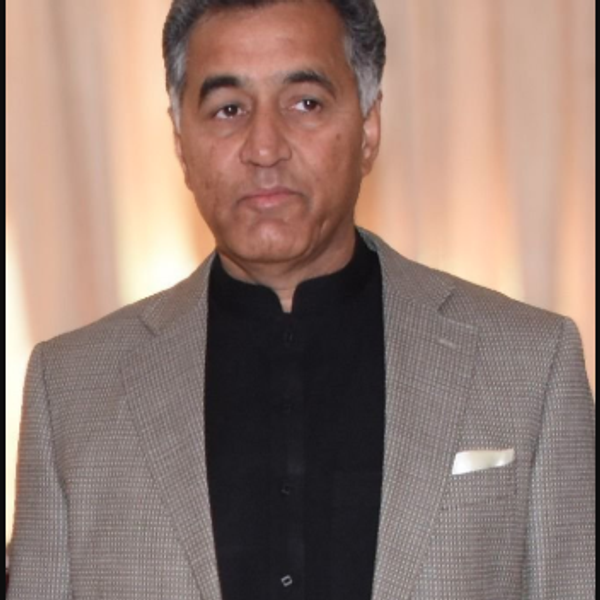Elite athletes can struggle to heal hidden crash scars
American Mikaela Shiffrin suffered a perforated pelvis impaling herself as she crashed in a giant slalom in Vermont in November, Czech Tereza Nova was placed in an artificial coma after crashing in downhill training in Germany in January and Frenchman Cyprien Sarrazin suffered a severe concussion in training in December in Italy
Reuters
News Agency Partner
Reuters is a leading source of news and information, delivering fact-based reporting and expert analysis on international events and trends.

Mikaela Shiffrin of the U.S. in action during the first run of FIS Alpine Ski World Cup.
Reuters
For competitors in high-speed sports, crashes are an inevitable risk, yet many elite athletes say it can be tough to get back on their bikes – or skis – even if their body heals. Some never recover.
In alpine skiing, there has hardly been a World Cup race this winter without a helicopter taking off for the hospital.
American Mikaela Shiffrin suffered a perforated pelvis impaling herself as she crashed in a giant slalom in Vermont in November, Czech Tereza Nova was placed in an artificial coma after crashing in downhill training at Garmisch-Partenkirchen in Germany in January and Frenchman Cyprien Sarrazin suffered a severe concussion in training in December in Bormio, Italy.
Such crashes are often followed by a long rebuilding process, not only of the body but also of the psyche.
"When you crash at 130 kilometers an hour (81 mph), it leaves traces in your head. It would just be lying to yourself to say that everything is fine," French skier Alexis Pinturault, the double combined world champion, told AFP on January 22.
Two days later, he fell in the Super-G, fracturing a bone in his right knee. His season, and maybe even his career, was over.
Last season he ruptured a ligament in his left knee in Wengen.
When he got back on his skis, he felt that something was wrong -- he felt afraid.
"When it came to taking more risks, something in my head was holding me back. My body said no.
"We have to relearn that everything is under control, that we can cope. Obviously, it takes time."
The message is repeated in other high-risk sports.
Belgian cyclist Steff Cras also needed time to come back after a multi-rider crash last April on the Tour of the Basque Country which also sidelined stars Remco Evenepoel and Jonas Vingegaard with broken bones and other injuries.
Cras said he narrowly missed a concrete block at more than 60 kph.
"Another 20 centimeters (eight inches) and I was dead," he told AFP.
He broke ribs and vertebrae, suffered a collapsed lung and could not breathe for 30 seconds.
Less than four months later, he finished 16th in the Tour de France, but that effort came at a cost.
"I pushed my body too much and I paid for it. I developed shingles," he said.
"The head, strangely, was fine. On the other hand, I was scarred by another crash when I hit a spectator in the Tour de France," in 2023.
"Afterwards, mentally, I was dead. I was afraid to ride in the peloton with spectators along the road. I still think about it today."
Cras saw a psychologist.
"The simple fact of dissecting the traumatic event can, sometimes, be enough," said Cecilia Delage, a French sports psychologist who has worked with Olympic moguls skiing champion, Perrine Laffont.
Competing impulses
But most of the time, this "post-traumatic stress" requires more in-depth psychological work "so that the fear of hurting oneself again does not prevail over the desire to perform".
Racers can struggle to follow two competing impulses at the same time.
"We end up with athletes who launch themselves into a descent at full speed on the brakes," Laffont said.
"Like when you drive a car on snow. If you master driving without using the brakes, you will arrive safely. If, on the other hand, you put on the brakes because you're afraid, you'll go flying into the scenery."
Several techniques exist to treat fear.
"When there is trauma, it means that there is phantom information in the brain that can distort decisions. At 100 kmh it quickly becomes very dangerous. We have to neutralize this ghost," said Fabien Deloche, a French mental coach who works with professional skiers and cyclists.
The goal is not to eliminate fear but to transform it.
"If you disconnect fear, you disconnect prevention. So you have to reshape it and use it to increase your focus and connection to yourself," said Deloche.
Many athletes use hypnosis. Pinturault opted for vegetotherapy, which aims to encourage repressed emotions to surface physically, and meditation.
"The goal is to 'resynchronize' the body with the brain to regain control over the trauma," he said.
Delage said it is necessary to "understand the relationship that the person has to fear, risk and therefore death".
She said the roots can go back to childhood or even the moment of birth "which may have gone badly".
"I had a case where the athlete was very afraid of head trauma and didn't understand why. After half-a-dozen sessions, he had a flash. He remembered that, as a child, he had hit his head on a rock in the sea and seen himself die.
"It was a memory he had completely forgotten. The practice of sport reactivated his fear of dying."
After the root of the fear is identified and treated, mental preparation can begin.
The Spanish rider Enric Mas became petrified after three falls in close succession. He managed to "get out of the hole" with the help of a psychologist and a specialist downhill coach who made him descend mountain passes in Andorra for a whole summer.
Sometimes, therapy does not work.
Antoine Deneriaz, Olympic downhill champion in 2006, never recovered from a crash in Are, Sweden, just three weeks later.
When he woke up in the hospital, he was "very scared". That was the beginning of his ordeal.
He raced "with the handbrake on" and felt "permanent stress" that sometimes made him "cry in the middle of a meal."
"At the end of my tether," he ended his career a year later.
Pierre Latour, a 31-year-old French cyclist, is contemplating quitting saying he has been "scared to death" on descents since a heavy crash in 2019.
He has tried everything: psychologist, hypnotist, mental trainer, Eye Movement Desensitization and Reprocessing, downhill coach, and even a healer. Nothing helps.
"It feels good for a while but at the slightest upset, everything explodes in my head, like an alcoholic touching a drink," he told French daily Le Parisien in 2023.
Deloche said every case is different.
"Some people can perfectly accept the risk. Others decide they can't take the stress anymore. It's eating them up. They say to themselves: 'I came here to have fun with my friends, and now I find myself crapping my pants every day. I'm sick and tired of playing the good guy', and they stop."
The mental damage becomes "like a fracture that won't heal, that mends as best it can and bothers you for life," said Delage.
Some resist psychological treatment, Delage said. "When he considers that we're treading on too slippery a ground, that's going to upset him too much, and he shuts everything down, as a psychological defence mechanism.
"By exploring the accident, we realize that there may be self-sabotage. I had a cyclist whose fear was not so much of hurting himself as of being yelled at by his father. To have his head ripped off by his old man asking: 'Have you been an idiot again?' The trauma is not always what we think it is."
In motorsport too, speed and danger are part of the drivers' daily life.
"We have been aware of the danger since we were very young," said Australian Formula One driver Daniel Ricciardo.
"But," he added, "our sport has also become much safer over the years."
The introduction of the halo, a bar above the driver's head, saved French driver Romain Grosjean in 2020 when his car crashed into a safety barrier before catching fire.
In a car, "we are in a security cell", French rally driver Adrien Fourmaux told AFP.
A childhood mountain bike enthusiast since childhood, he chose rallying because it was "less dangerous".
Inspired by the experience of motor sports, skiing and cycling are thinking about how to improve the safety of athletes and set in motion a virtuous dynamic: fewer falls, fewer injuries and less fear.










Comments
See what people are discussing